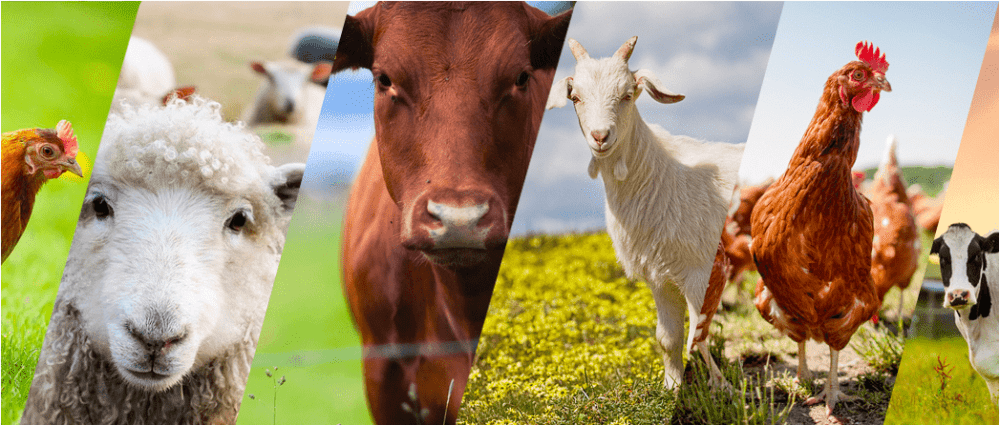Livestock Judging: Market Lamb Evaluation
AND
Market Lambs – 1 (WITH Officials)
Students will be working on the iCEV NCLCA Certification modules, the lesson plans described below are for the Livestock Judging: Market Lamb Evaluation AND Market Lambs – 1 (WITH Officials) modules.
Goal:
To introduce the purpose of evaluation and the desired phenotypic traits of the ideal market lamb.
Description:
To satisfy today’s consumer demands, successful sheep producers must market animals, which are lean and muscular. In order to stay on the leading edge of production and profitability, selection programs are essential. In the presentation, a sheep expert discusses market lamb evaluation using five criteria: growth, muscling, structural correctness, style and balance and finish.
Objectives:
1. To identify and list the major factors considered in market lamb evaluation.
2. To establish the ideal modern market lamb.
Assignments:
Assignments will be posted on the Livestock Production Google Classroom, under the “Assignments” topic of the “Classwork” tab. Please pay attention to all due dates, which will be posted on the assignments along with the instructions for the assignment.
